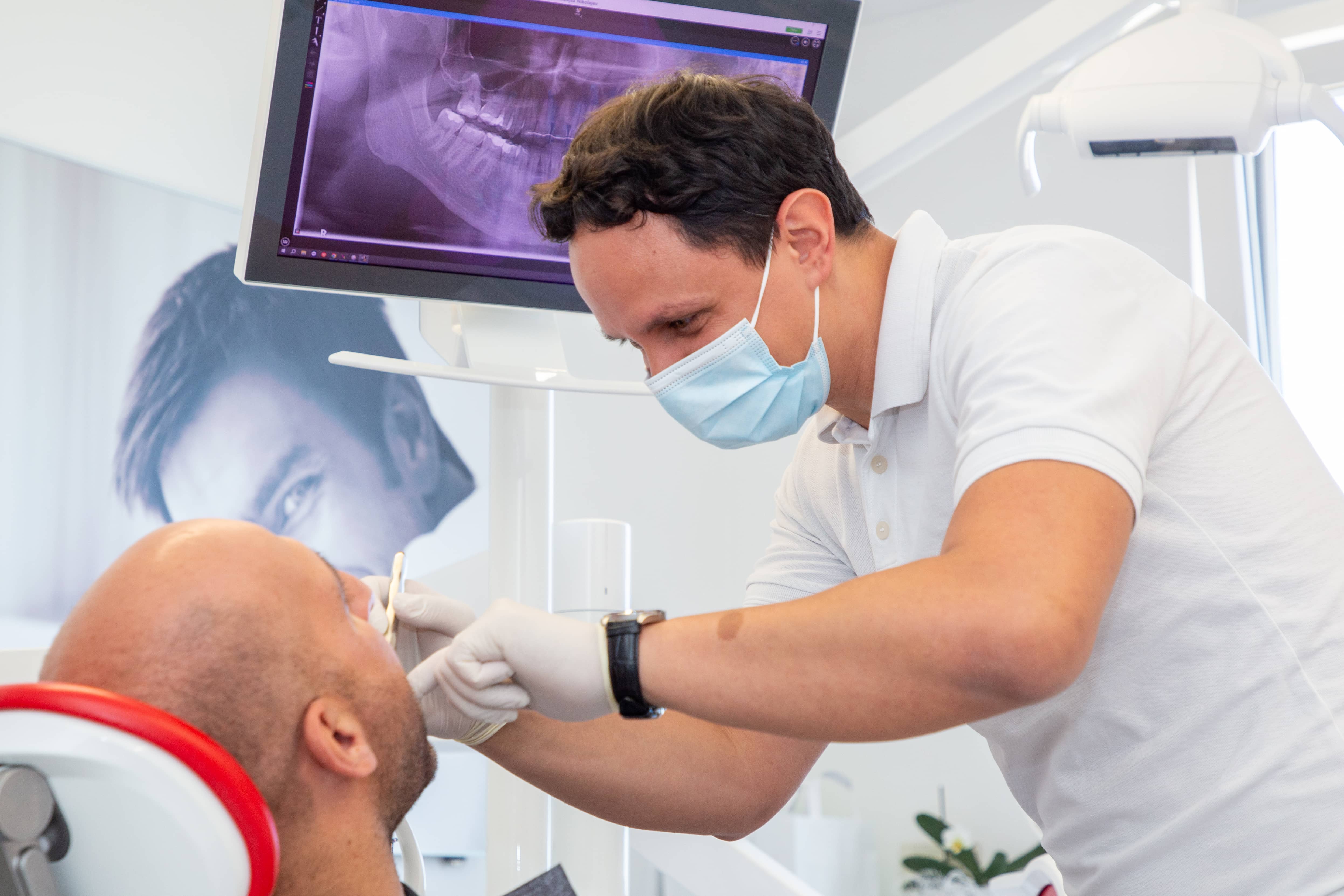Tooth injuries are more common in children with orthodontic problems and the presence of diseases such as caries, rickets and genetic disorders of the teeth. At school age, boys have a higher incidence of injuries, associated with more active games and sports. The most frequently injured teeth are the upper incisors. Patients with epilepsy, cerebral palsy and children with visual or hearing impairment are in the risk group. Obese children and those with risky behavior are more prone to injuries. Poor socio-economic conditions also increase the risk of injury due to the lack of safe spaces for play and schooling. Traffic accidents often cause dental injuries, associated with facial and skull fractures. Sports are a significant source of dental injuries, particularly team contact sports, martial arts, skating, cycling, and rollerblading and skateboarding. Oral piercing injuries are becoming more common, with potentially serious consequences. Medical procedures such as laryngoscopy, gastroscopy and intubation can also result in dental injuries. Violence plays a significant role in dental injuries, which is often underestimated, especially among adolescents.
Traumas of hard dental tissues and pulp:
Injuries of periodontal tissues:

Dental trauma prevention is divided into three levels: primary, secondary and tertiary. Primary prevention includes measures to prevent dental and facial injuries through risk awareness, preventive orthodontic treatment, and the use of face and mouth guards. Secondary prevention includes various treatments of injured teeth in order to preserve their vitality or keep them in the jaw. Tertiary prevention includes procedures for replacing lost tissue and rehabilitation of patients, including procedures such as tooth transplantation, implant placement, and fabrication of crowns, bridges, or prostheses.
Increasing the incisor overlap by more than 6 mm increases the risk of tooth injury. Insufficient coverage of the maxillary incisors by the upper lip is also a risk factor. In these cases, it is necessary to correct the increased fold with orthodontic appliances or apply myotherapy exercises to lengthen the upper lip and better cover the upper incisors.
Face and teeth guards can be external or internal. The outer shields are integrated into helmets or head shields, while the internal ones are divided into ready-made, partially adjustable and individual mouth guards.
These protectors are easy to use and inexpensive, but they can make breathing difficult and do not provide full adjustability. Partially adjustable guards are a modification of ready-made guards that allow better adaptation to the structures in the mouth.
Individual guards are made based on the model of the patient’s jaw and provide maximum adaptability and retention. They are particularly comfortable to wear and provide better protection against injuries.
